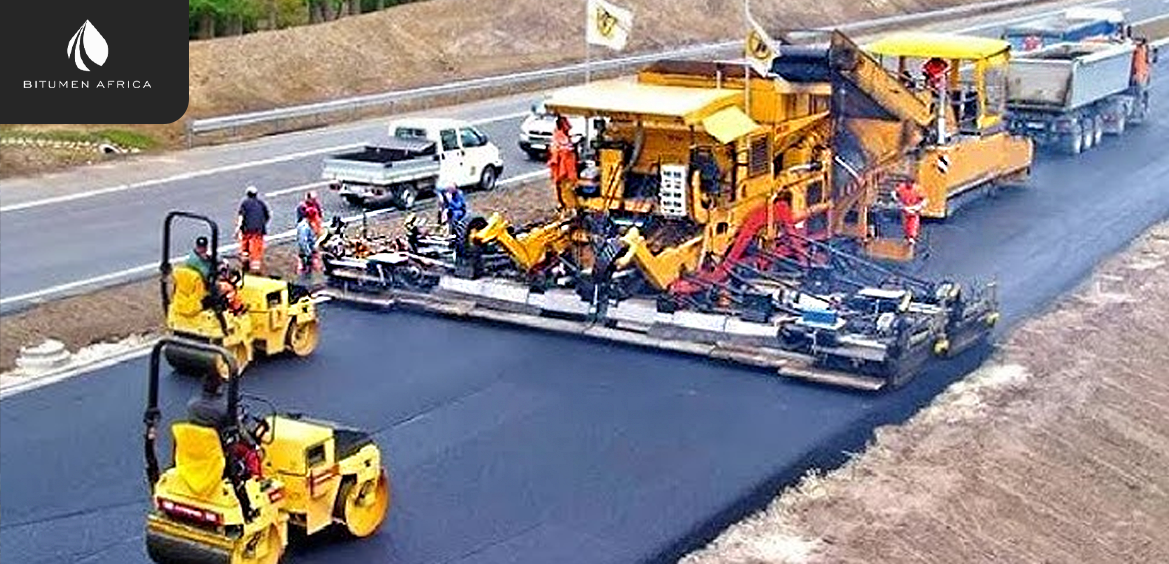Road construction has evolved significantly over the centuries, from simple dirt paths to complex, multi-layered structures designed to withstand heavy traffic and harsh weather conditions. Modern road-building methods incorporate advanced materials, innovative technologies, and sustainable practices to create durable and efficient roadways.
Planning and Design
The road construction process begins with meticulous planning and design. This phase involves:
- Project Concept Determination: Identifying the purpose and scope of the road project.
- Funding Identification: Securing financial resources from government bodies, private investors, or public-private partnerships.
- Preliminary Engineering: Conducting surveys, soil tests, and environmental impact assessments to inform the design process.
Demolition and Clearing
Before construction can commence, the site must be cleared of any existing structures, vegetation, and obstacles. This involves:
- Demolition: Removing old infrastructure, such as buildings or existing roadways.
- Clearing: Cutting down trees, removing rocks, and relocating utilities.
Ground Works
Ground preparation is crucial for creating a stable foundation. This stage includes:
- Excavation: Digging and removing soil to reach the desired depth.
- Grading: Leveling the ground to ensure proper drainage and prevent water accumulation.
- Compaction: Using heavy machinery to compact the soil, increasing its density and stability.
Constructing the Sub-Base
The sub-base is the layer of material laid on the compacted soil to provide additional support. It typically consists of crushed stone or gravel, which is spread and compacted to create a solid foundation for the road.
Applying the Binder
A binder layer, usually made of bitumen or asphalt, is applied over the sub-base. This layer acts as a glue, binding the aggregate particles together and providing a smooth surface for the final layer.
Laying the Asphalt
The final layer of the road is the asphalt surface, which is laid in multiple layers:
- Base Course: The first layer of asphalt, provides structural support.
- Binder Course: The middle layer, offers additional strength and flexibility.
- Wearing Course: The top layer, is designed to withstand traffic wear and provide a smooth driving surface.
Innovative Techniques and Materials
Modern road construction methods incorporate several innovative techniques and materials to enhance durability and sustainability:
- Recycled Materials: Using recycled asphalt pavement (RAP) and other recycled materials reduces waste and conserves natural resources.
- Warm Mix Asphalt (WMA): This technology allows asphalt to be mixed and laid at lower temperatures, reducing energy consumption and emissions.
- Geosynthetics: Materials like geotextiles and geomembranes are used to reinforce the road structure, improve drainage, and extend the lifespan of the pavement.
Sustainable Practices
Sustainability is a key focus in modern road construction. Practices include:
- Stormwater Management: Implementing systems to capture and treat stormwater runoff, reducing pollution and erosion.
- Energy Efficiency: Utilizing energy-efficient machinery and processes to minimize the carbon footprint of road construction.
- Ecosystem Management: Designing roads to minimize disruption to local ecosystems and wildlife habitats.
Conclusion
Modern road-building methods have transformed the way we construct and maintain roadways. By incorporating advanced materials, innovative technologies, and sustainable practices, we can create roads that are not only durable and efficient but also environmentally friendly. These advancements ensure that our infrastructure can meet the demands of the future while minimizing its impact on the planet.

